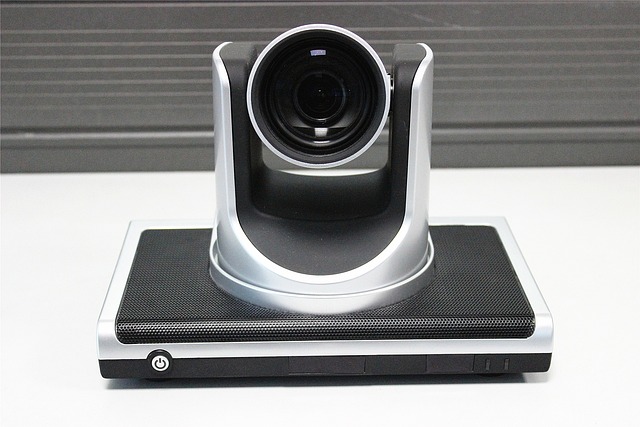DivX and WMV, popular video formats, offer unique benefits: DivX for versatile compression and compatibility with older DVDs, and WMV for high-definition support and seamless integration on Windows devices. Converting DivX to WMV improves cross-platform playback quality, ensuring optimal viewing experiences across diverse devices and operating systems. The process involves using a compatible converter, loading the file, selecting 'WMV' as output, adjusting settings if needed, and saving the converted file. Key strategies for high-quality video playback include format conversion, choosing appropriate codecs, optimizing device-specific settings, and testing on multiple devices.
Experience seamless high-quality video playback on any device with our guide to converting DivX to WMV. Discover the power of these versatile formats—DivX, known for its compression efficiency, and WMV, optimized for Windows Media Player compatibility. This comprehensive article walks you through the conversion process step by step while offering tips and tools to ensure an exceptional playback experience.
Understanding DivX and WMV Formats: Compatibility and Advantages

DivX and WMV are two popular video formats, each with its own strengths and use cases. Understanding their compatibility and advantages is key to optimizing high-quality video playback on any device. DivX, known for its versatility, offers efficient compression while preserving video quality. This makes it an excellent choice for converting videos, including older formats like DVD, into a compatible and compact size. On the other hand, WMV (Windows Media Video) is developed by Microsoft and is deeply integrated into Windows systems. It provides robust support for high-definition content and is widely accepted on various platforms, including Xbox and Windows Media Player.
Converting DivX to WMV can be beneficial in scenarios where you need to ensure cross-platform compatibility without sacrificing video quality. The process involves using specialized software that supports both formats, allowing users to enjoy their videos seamlessly across devices. This conversion is particularly useful when sharing content or streaming videos on different operating systems and media players.
The Conversion Process: Step-by-Step Guide to Seamless Transition

Converting DivX to WMV is a straightforward process that ensures high-quality video playback across various devices. Here’s a step-by-step guide for a seamless transition:
1. Choose a Reliable Converter: Start by selecting a robust video conversion tool compatible with both DivX and WMV formats. Many online converters or desktop applications can handle this task efficiently, ensuring minimal loss in video quality.
2. Load Your DivX File: Open the chosen converter and navigate to the ‘Add File’ or similar option. Locate and select your DivX video from your device’s folder. The converter will then analyze the file for optimal conversion settings.
3. Select WMV as Output Format: In the conversion settings, choose ‘WMV’ as the output format. This ensures that your converted video retains its quality and is compatible with a wide range of devices and media players.
4. Customize (Optional): Depending on your converter, you might adjust settings like resolution, bitrate, or encoding method to further optimize the output. However, for standard high-quality playback, the default settings are usually sufficient.
5. Convert and Save: After making your selections, start the conversion process. The tool will process your DivX file, converting it into a WMV format. Once complete, save the converted video to a desired location on your device.
Ensuring High-Quality Video: Tips and Tools for Optimal Playback Experience

Ensuring high-quality video playback involves several tips and tools that can significantly enhance your experience, regardless of the device used. One crucial step is converting video formats to optimize compatibility and quality. For instance, converting DivX to WMV can be beneficial as it ensures smooth playback while maintaining excellent visual fidelity.
Using appropriate codecs, such as those supported by modern media players, plays a vital role in achieving optimal playback. Additionally, adjusting video settings like resolution, bitrate, and frame rate according to your device’s capabilities and your personal preferences can significantly improve the overall quality. Testing the video on different devices before finalizing ensures you’ve achieved the best possible experience for all viewers.
Converting DivX to WMV can greatly enhance your video playback capabilities, ensuring a seamless experience across various devices. By understanding the formats’ advantages and following a straightforward conversion process, you can easily enjoy high-quality videos without compatibility issues. With the right tools and tips, you’ll master the art of converting DivX to WMV, unlocking a world of vibrant and bustling visual experiences.
